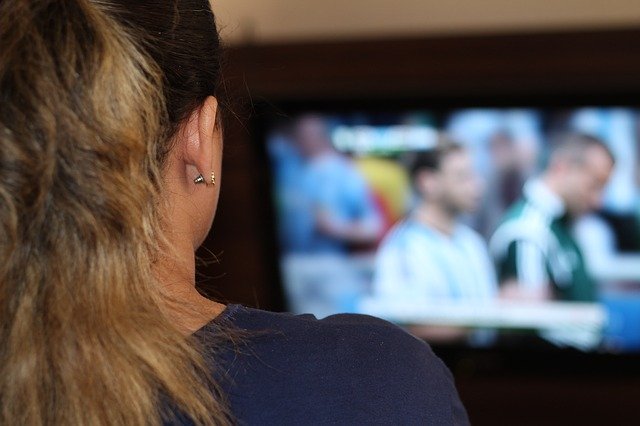
When we watch TV programs, we see lots of food cues. It is common that TV characters eat at home or in restaurants.
These food cues, although not explicitly marketing food products, can directly influence what people eat during watching TV, reported by a study newly published in Appetite.
Researchers invited 121 young female college students (17-25 years old) to watch TV programs with or without food cues (e.g., the TV characters ate a pie vs. walked around) and TV ads about food or non-food products.
While watching TV, these women could freely eat peanut chocolate candies and potato chips. These foods were different from those in TV programs or ads.
After the participants left, researchers weighed the remaining peanut chocolate candies and potato chips to measure total energy intake.
Participants also reported their body mass index (BMI), hunger at the beginning of the experiment, liking of the test food and the TV program, and their daily eating behavior.
The result showed that food cues in the TV programs significantly reduced the intake of peanut chocolate candies when compared with TV programs with no food cues.
Moreover, the effect was particularly strong in participants with a higher BMI (higher body weight).
In TV ads, however, no impact of food cues was found on participants’ intake of peanut chocolate candies and potato chips.
Researchers suggest that subtle continuous food cues in TV programs can make young women more aware of their own eating and body weight, and this may lead to less eating of sweet snack foods during watching TV.
Future work will examine how food cues in TV programs influence eating behaviors in men, children, and people with a more diverse social and educational background.
Copyright © 2018 Knowridge Science Report. All rights reserved.



